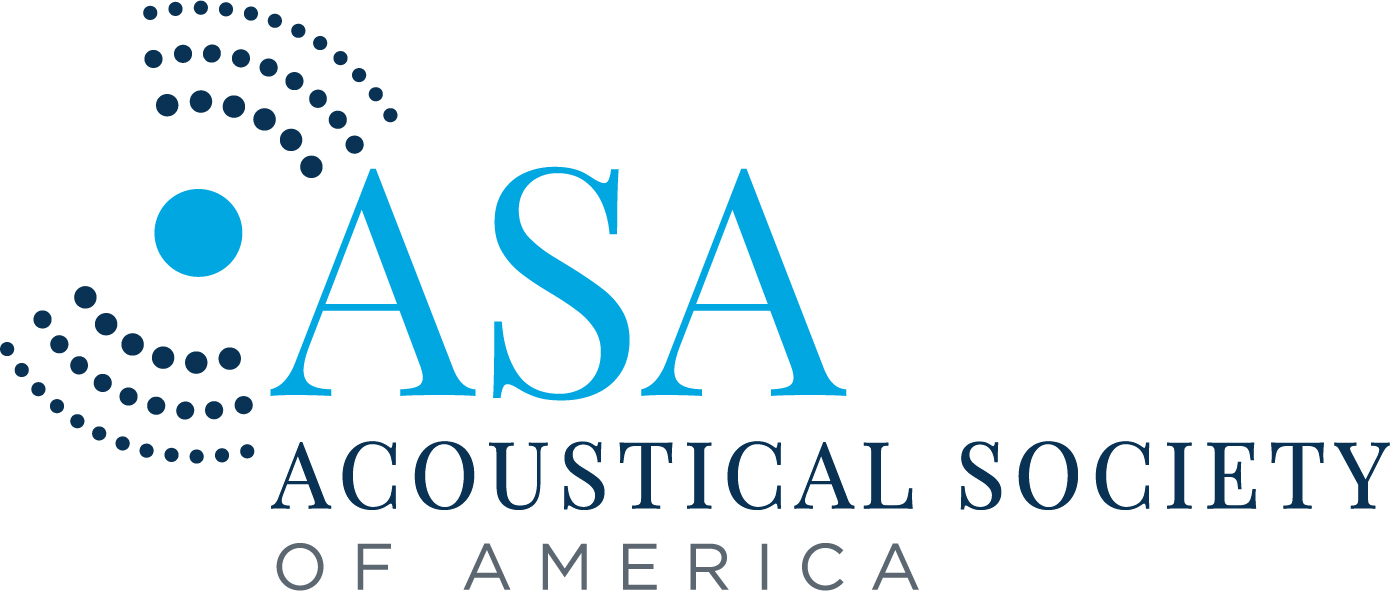How to find the best material for making exciter-based plate speakers
David Anderson – and10445@d.umn.edu
Instagram: @earthtoneselectronics
Assistant Professor- Electrical Engineering, University of Minnesota Duluth, Duluth, Minnesota, 55812, United States
Popular version of 2aEA1 – A Method for Comparing Candidate Materials in Subjective Tests of Flat-Panel Loudspeakers
Presented at the 187th ASA Meeting
Read the abstract at https://doi.org/10.1121/10.0035130
–The research described in this Acoustics Lay Language Paper may not have yet been peer reviewed–

Equations derived in the paper demonstrate that the vibrations and volumes of plates made from different materials will match when they have the same length-to-width ratio and weight (volume times density). Three different materials (Foam poster board, plastic, and aluminum) were chosen for comparison in this paper because they are commonly used by DIY makers to create speakers. Figure 1 shows the simulated relative loudness over a range of audio frequencies for three different materials (foam poster board, plastic, and aluminum) with the same length-to-width ratio and weight. The loudness graphs mostly overlap, but the volumes diverge at high frequencies because the ring shape of the exciter interacts differently with each material. This effect can be mitigated by using a smaller exciter.
 Figure 1 – Simulated speaker loudness using three different materials with matching length-to-width ratios and weights.
Figure 1 – Simulated speaker loudness using three different materials with matching length-to-width ratios and weights.
Simulated plate responses are then compared with experimentally measured loudness results using actual plates made from plastic, aluminum, and foam poster board. These comparisons shown in Figure 2 allow us to identify whether there are any material-specific deviations from the simulated response that would lend each material its unique “sound.”
 Figure 2 – Simulated vs. experimentally measured plate loudness for three different materials.
Figure 2 – Simulated vs. experimentally measured plate loudness for three different materials.
The plastic and aluminum plates match their simulations closely. The aluminum plate has sharper peaks than the plastic plate, indicating a more “hollow” sound. The foam poster board does not match its simulation well, showing that this material adds a distinctive “color” to the sound at mid-range and high audio frequencies.
Applying this method to additional materials that DIY speaker builders use like wood, cardboard, and foam insulation can shed light on their unique “sounds” as well.

 Figure 1 – Simulated speaker loudness using three different materials with matching length-to-width ratios and weights.
Figure 1 – Simulated speaker loudness using three different materials with matching length-to-width ratios and weights. Figure 2 – Simulated vs. experimentally measured plate loudness for three different materials.
Figure 2 – Simulated vs. experimentally measured plate loudness for three different materials. Figure1. Frontpage of the ADMEDVOICE corpus containing medical text and their spoken equivalents
Figure1. Frontpage of the ADMEDVOICE corpus containing medical text and their spoken equivalents


